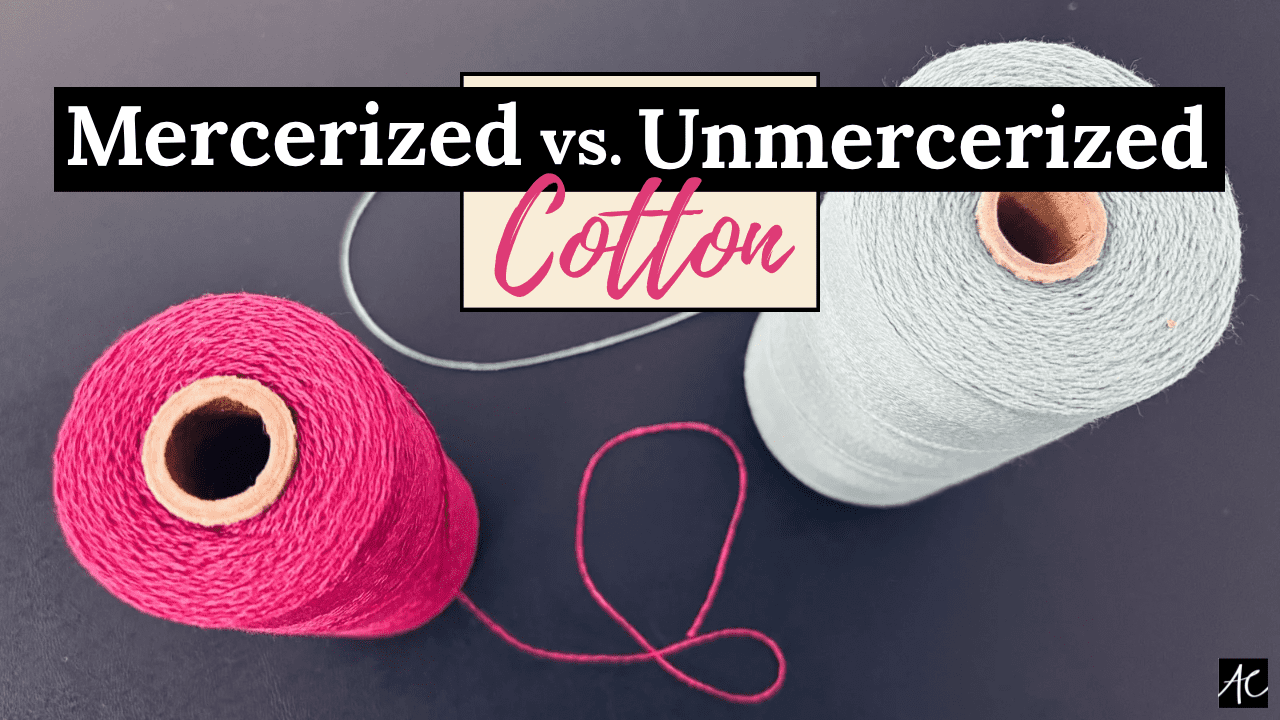In any weaving project, there are 3 weaving design elements – color, texture, and pattern. I’m starting a 3-part series touching on each one of them and this week, it’s all about color.
Color is my favorite weaving design element, hands down. I love it for many reason, but here are a few –
- Color brings out all the emotions. Happy, serious, playful, dramatic, the whole gamut.
- Color is complicated. Red is never simply red. Does it lean towards an orange or a purple? Is it lighter or darker?
- Color (especially in weaving) is all about relationships. The previously mentioned orangey-red? It will look different when placed next to a gray versus a pink.
When I dive into a weaving project, color is typically the focus. Even if it’s not, it always plays an important role in whatever fabric I create. It’s just more fun that way!
I hope you enjoy episode 25, the first in the weaving design element series. Stay tuned for next week’s video all about texture. Happy Weaving!
Show Notes –
Design element – In art, design elements include line, shape, color, texture, and space. (By the way, I found many variations on this concept. So adopt the version that makes the most sense to you.) If you are talking about graphic design, it might also include elements like framing and typography. No matter what, design elements refer to the basic building blocks you incorporate into your piece. These are the ingredients in your recipe.
Color wheel – Did you know that Sir Isaac Newton invented the color wheel? He’s a mathematician who lived in the late 1600’s, early 1700’s. It would be a much better story if a weaver invented it. Then again, the weavers of that time were probably much too busy creating fabric, and rugs, and sheets, and towels, and everything.



